When Everything Goes Wrong
While conducting a group ride one of the best things to do before leaving the parking area is to do a quick check of the important things. Where are the car keys, do you have your helmet, do you have water? Once on the trail most groups tend to find a rhythm, pumping the transitions, and stopping for breaks here and there to make sure that everyone in the group is doing well. I have gotten in the habit of looking over my bike as I ride and I listening to the subtle noises it makes as I shift gears or brake. When introducing new riders to the trail there is always the extra things to think about like did they put the front wheel on correctly? Or is there seat post set at the right height? New riders tend to have a lot of hiccups until they get their gear dialed in, their bikes set, and a new habit built so they know what to look over before the ride or know when something just doesn’t feel right.
So what do you do to salvage a trip, when any rider old or new suffers a mechanical issue? What happens when bikes break, wheels fold in half, or chains snap from too much “horsepower”? The seasoned rider tends to have the right gear to fix most problems or an idea to try. Sometimes it’s an untested theory they heard a buddy talk about over a post ride beer. In my pack I carry a patch kit, spare tube, pump with C02, muliti-tool, and a spare link (these are in addition to several other things like a first aid kit). I tend to use the tube and patch kit the most of everything I carry. On a recent ride in Moab, UT, I had three flats, and my patch kit was used up. I managed to limp by with under inflated tires held together by a Therm-a- Rest patch kit. On yet another trip a client had an interesting crash on a seemingly flat part of trail. This crash resulted in a broken front stanchion where the wheel skewer attaches; and a taco-ed (folded) front wheel. Now just how do you ride that back to the parking lot?
My front skewer is one of the components I commonly look over while I ride, it is pretty easy to see and it has just become routine. I also go by how the front end feels going up and over rocks and while breaking. I anything feels “off” I stop and check it out, this has saved me more than a few crashes. But how we deal with the new challenge is what really makes or breaks the day. It is always frustrating when our gear breaks and let’s face it crashing hurts.
As a group leader it is important to stop the group and take a break, assess the damage and develop a game plan from that point. Hopefully you have thought a little about this while writing your Emergency Action Plan. But if you have not, it’s a great opportunity to take stock and look at the map for a fast evacuation route to the parking area. Talk with your participants and see how they all feel, just because someone had a mechanical does not mean you need to cancel the ride, or does it?
Whatever you choose make sure that you as the group leader feel comfortable with the choice.

